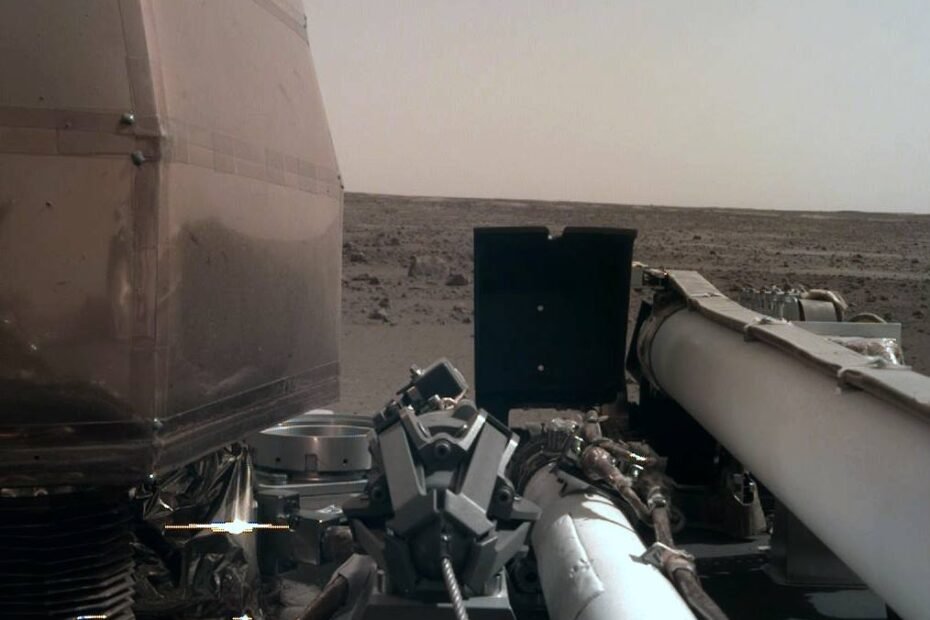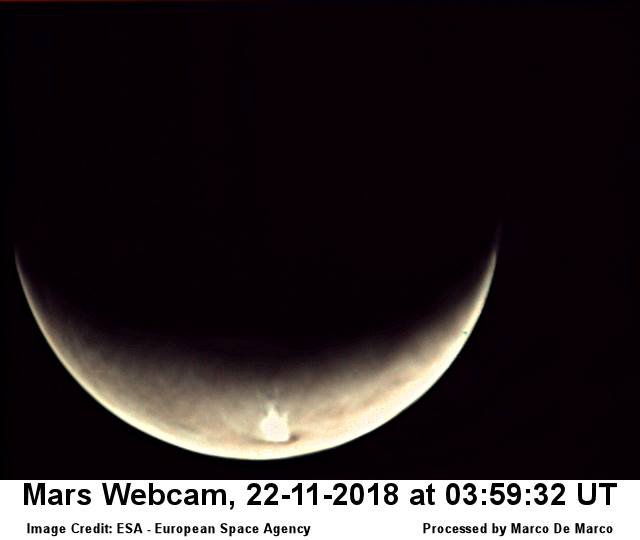InSight takes the Sun to Mars
First image taken by the Instrument Deployment Camera (IDC) a few hours after landing, shortly after the deployment of the solar panels.Now InSight just needs to get the batteries charged by conveniently exposing itself to the Sun…. Balanced image: https://i.ibb.co/F5Yg5Wc/PIA22575-Elbr01.jpg Original image: https://www.jpl.nasa.gov/spaceimages/details.php?id=PIA22575 For more details: https://www.nasa.gov/feature/jpl/insight-is-catching-rays-on-mars This post has been automatically translated. See the original post here.





